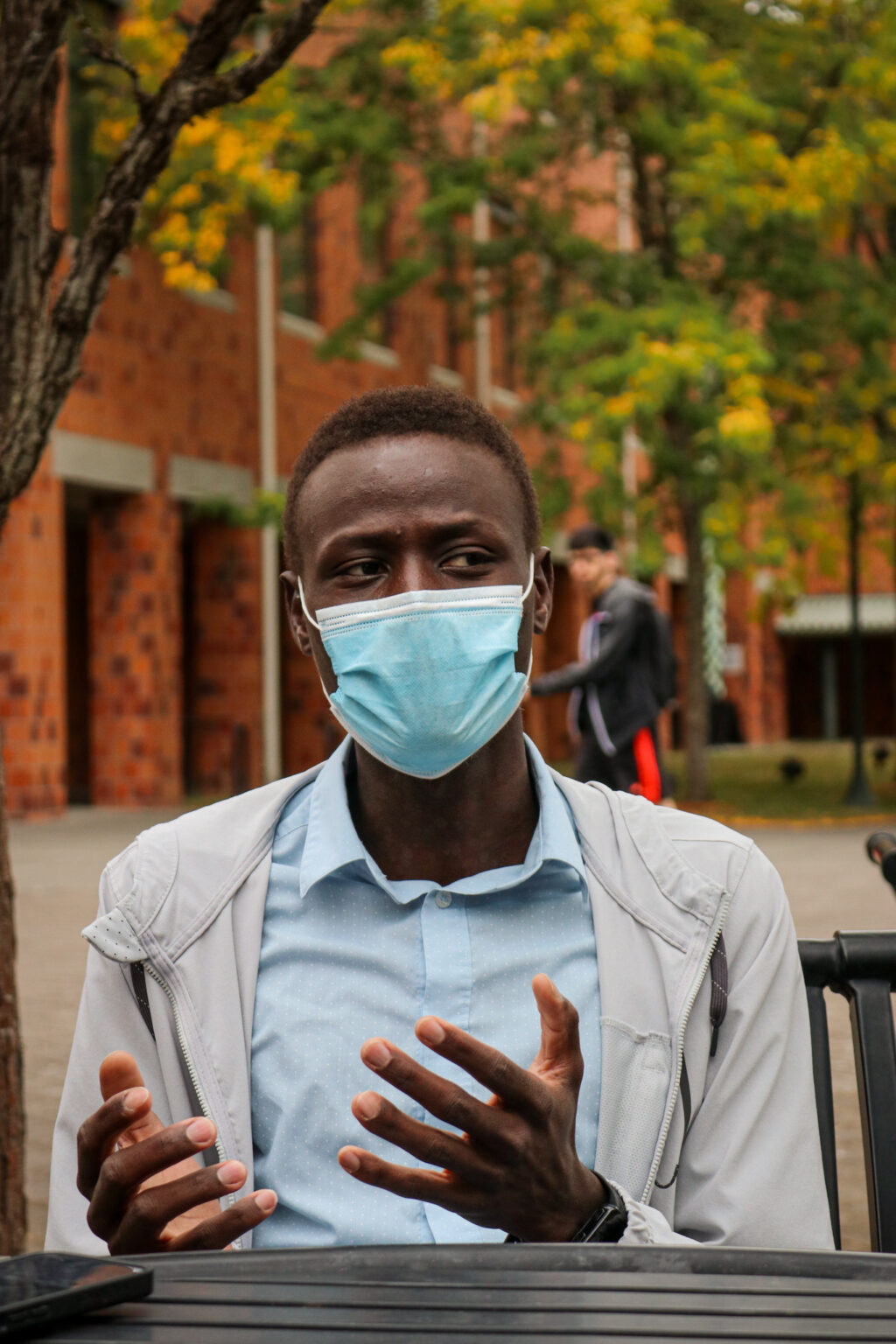For many, it is shocking to receive a tuition statement with one sum that says, “outstanding charges due.” With deadlines for late payment fees soon approaching, and a recent 2.5% increase in WSU Vancouver’s overall tuition rate, students might wonder where their money is going.
According to the WSU tuition and fees website, last May, the Board of Regents had approved a 2.5% increase in resident and non-resident tuition systemwide for the 2021-2022 academic year. At WSU Vancouver, for resident undergraduate students, the grand total for tuition now runs at around $5,508 per semester, when last year, the semester total was $5,380, raising over $100 this semester.
According to Diane Xiong, WSU Vancouver’s director of budgeting and accounting, many factors added to the Board of Regents’ decision on the amount of money raised, including their legal requirement to abide by certain parameters in place, limiting sharp increases in tuition rates.
“For resident undergrads, the tuition rate cannot be increased more than the average of how much minimum wages have increased over the last 14 years. There is a guideline around what can and can’t happen with undergrad tuition, defined by the state,” Xiong said.

(Emily Baumann/ The VanCougar)
When trying to grasp an itemized list of fees, Xiong states it is hard to split tuition costs up by specific dollars and cents, due to the grouped allocation of money provided by WSU Pullman. As a system, money is gathered in the university’s spending pool, where different portions of funding are first held at the main campus, then individually allocated to WSU Vancouver. With the funds available, tuition is removed partly for tuition waivers, and to support system operations such as Okta or Microsoft, and other overarching costs. Then, after whole system costs are established, the remaining tuition money is partly distributed at WSU Vancouver’s campus. These funds are mainly covering support for staff and faculty positions.
“Of our campus spending, 90% of our spending is on personnel. Very little of it is spent [directly] on supplies or technology or maintenance, a lot of it is on people,” Xiong said.
However, with this problem in mind, the Associated Students of WSU Vancouver made an effort to appeal against the Board of Regents’ decision to up the cost of tuition this year. Evans Kaame, vice president of ASWSUV, says he was uncertain at first to support the decision of raising tuition fees, particularly after many students have suffered from financial instability during the COVID-19 pandemic.
“I was hesitant to be in support of increasing the fee. However, there was a legitimate reason as to why the fee was supposed to be increased. The reason was to [satisfy] students’ basic needs in demand because of COVID-19, and the alternative revenue to cover those basic needs was to increase student tuition and fees. That was the argument submitted by the administration,” Kaame stated. “The student government from all our six campuses met together to discuss the percentage of increase and see what major ways we can compromise and come to an understanding that we will increase the fees, but not to a point that will jeopardize the students’ ability to continue their education. Unfortunately, our efforts were in vain.”
Although the tuition increase is unable to be reversed, Kaame says ASWSUV has a few plans to help cover the deficit. With three main goals, they hope to expand emergency grant access, ask the state legislature for an expansion of students’ eligibility for the Washington College Grant and to establish a federal legislative agenda that advocates for doubling funds associated with the Pell Grant.
“With all three of these inputs, emergency grants, the Washington College Grant and the Pell Grant, I believe, would help us to cover the deficit of increasing tuition in the long run. It’s going to take some time, but we are committed to seeing it through,” Kaame said.
After seeing what ASWSUV is working on when supporting students, the next area of focus is answering how the university helps students with tuition increases. Although increasing student tuition is a difficult decision to make, Xiong cites several initiatives that are set in place to financially support students in need of additional funding.
“I’ve worked in higher ed for over seven years, and every time we talk about tuition increase, that’s one of the first things to think about, because you do have the proportion of students whose financial need is different. … The big initiatives we’ve done this year have a lot to do with federal funding, Higher Education Emergency Relief Funds at WSU Vancouver. But my understanding is that, just on our campus alone, we have awarded [over] 8 million in about 5,400 awards this past year,” Xiong said.
Therefore, when the pandemic began to impact students, development initiatives were then created to sustain major student relief efforts. This includes federal HEERF funds, gift dollars from private donations and individual initiatives on campus, including allocation of funds toward the Cougar Food Pantry or other independent emergency grants at WSU Vancouver alone.
Additionally, as a voice on behalf of WSU Vancouver, Chancellor Mel Netzhammer says setting tuition growth in small increments now is generally a better alternative than having a significant percentage jump in tuition all at once.
“I don’t want to minimize the impact of any tuition increase on students, but I think a rational tuition policy says expenses are always going to go up. The state appropriation [to fund the university] is always going to be in flux, and having a tuition policy that says every year we are going to do something small, really serves students much better than suddenly being hit with a double-digit tuition increase,” Netzhammer said.
While the university system has to keep a balanced budget in mind, numerous factors are attributing to WSU’s establishment of tuition dollars. Finding the balance between the settlement to increase rates for the greater good, and not hindering students’ ability to afford their education, will surely exist as an ongoing topic among the university.

Olivia is a senior studying English at WSU Vancouver.
